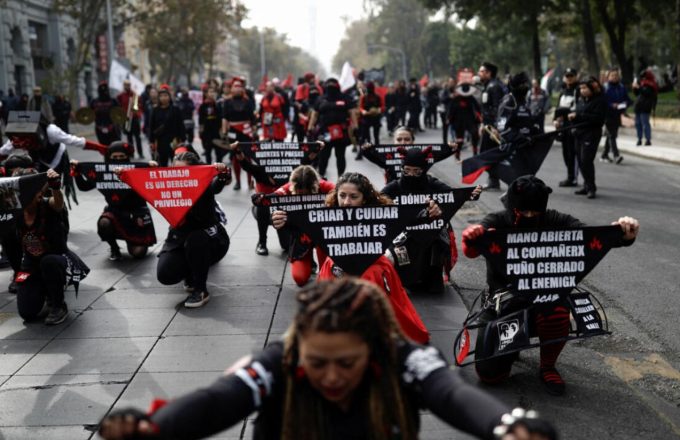The summer solstice heralds the beginning of the warmest months, as the sun reaches its maximum declination, thus projecting its light on the maximum geographic latitude of the Earth. It is an astronomical concept that represents the harvest, the abundance and the fertility, always with the Sun as the protagonist.
In the northern hemisphere, the summer solstice is between June 20th and June 22nd. This year it will take place on the 21st at 11:14 am following the National Geographic Institute, when spring will end and the new season will begin, which will last until September 23rd.
🌎 The 2022 June solstice is upon us!
It's the longest day of the year + summer solstice in the Northern Hemisphere & the shortest day of the year + winter solstice in the Southern Hemisphere.
🟡 24 hours of light at the North Pole
⚫ 24 hours of dark at the South Pole pic.twitter.com/G3UjTlOrJK— Ben Noll (@BenNollWeather) June 21, 2022
Year after year, civilization has worshiped this astronomical event with the aim of celebrating the warm months, the hours of light and what it represents. Discover some of the rituals and beliefs that the summer solstice brings back years.
In Spain, the fire is the protagonist, especially in the Mediterranean, the night of San Juan is celebrated during the dawn of the 24th of June, when they find themselves in the beaches and combine with a purifying element that “burns all the old” .
In Great Britain, during many siglos the fantastic beings were the protagonists of the celebrations, but Christianity put an end to this type of festivities. However, the visit to Stonehenge still lasts, a mystical place where each year the sun aligns itself exactly with one of the circles of the rocks.
Stonehenge Summer Solstice Sunrise 2022 pic.twitter.com/uD8idRszHJ
— Stonehenge U.K (@ST0NEHENGE) June 21, 2022
Sweden celebrates the summer solstice after living a few months with little sunlight. Traditional dances are performed, typical dishes of Swedish cuisine are cooked and stories related to the solstice are told for five days.
In Greece, a rite called Klidonas is celebrated, in which local women collect marina water in a container and place a personal belonging under it during the night.
In Mexico, the Mayan civilization created imposing stone constructions. Many inhabitants of the area go out during the afternoon of the longest day of the year until the Mayan city of Chiche Itzá, to enjoy a show where the sun bathes in one of its parts while the other is completely hidden in the shadows.
Chinese philosophy is very much ingrained in the need for opposition, for this reason, the longest day of the year is the occasion to celebrate the women, during this day, flags of colorful flags and flasks with aromatic perfumes are presented.




















